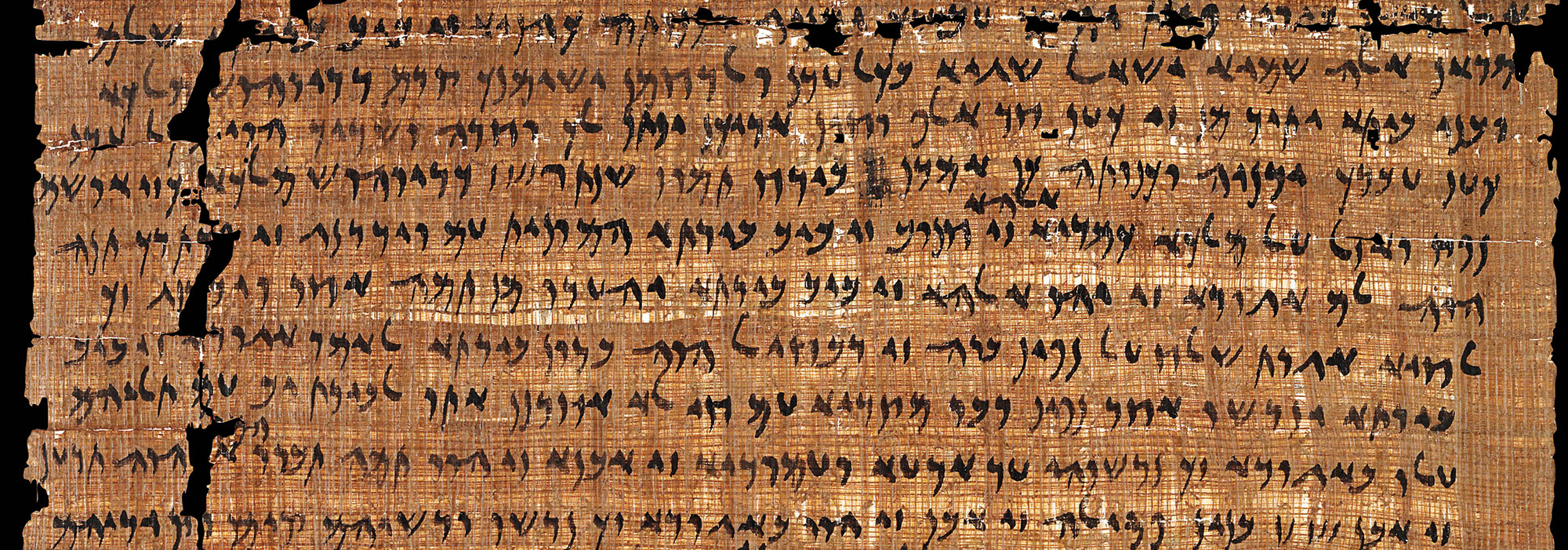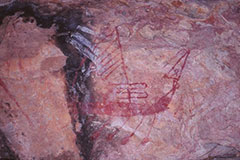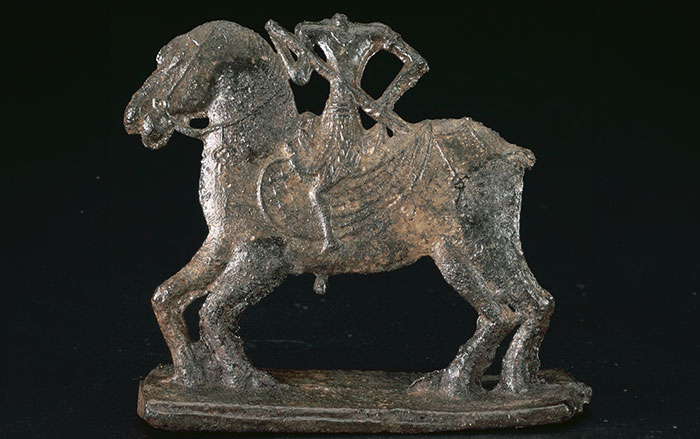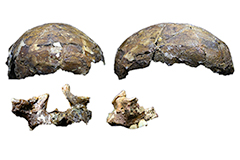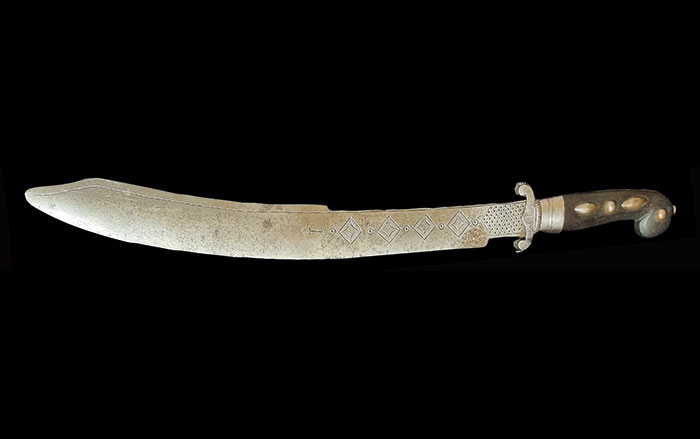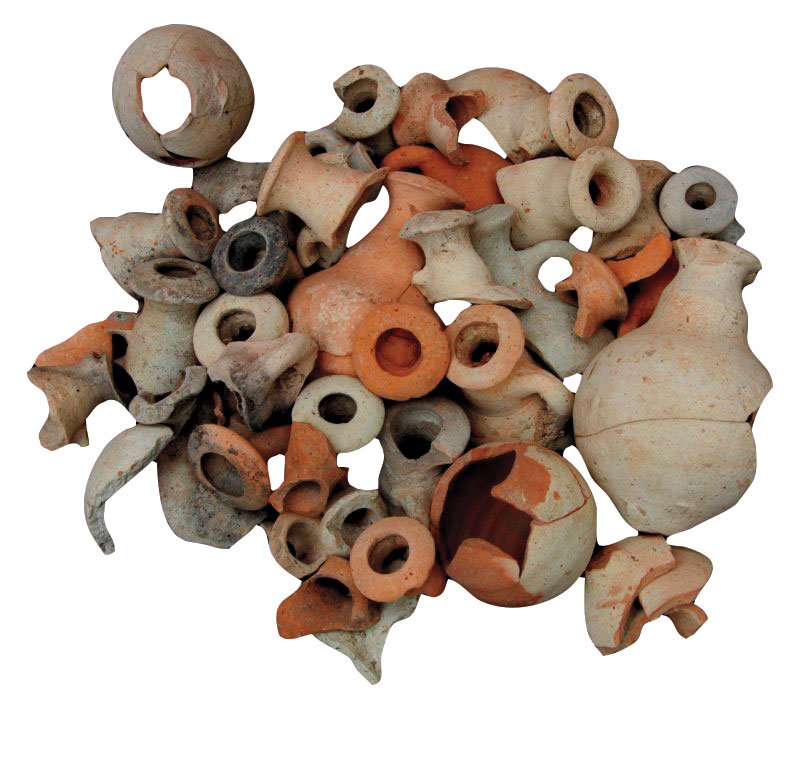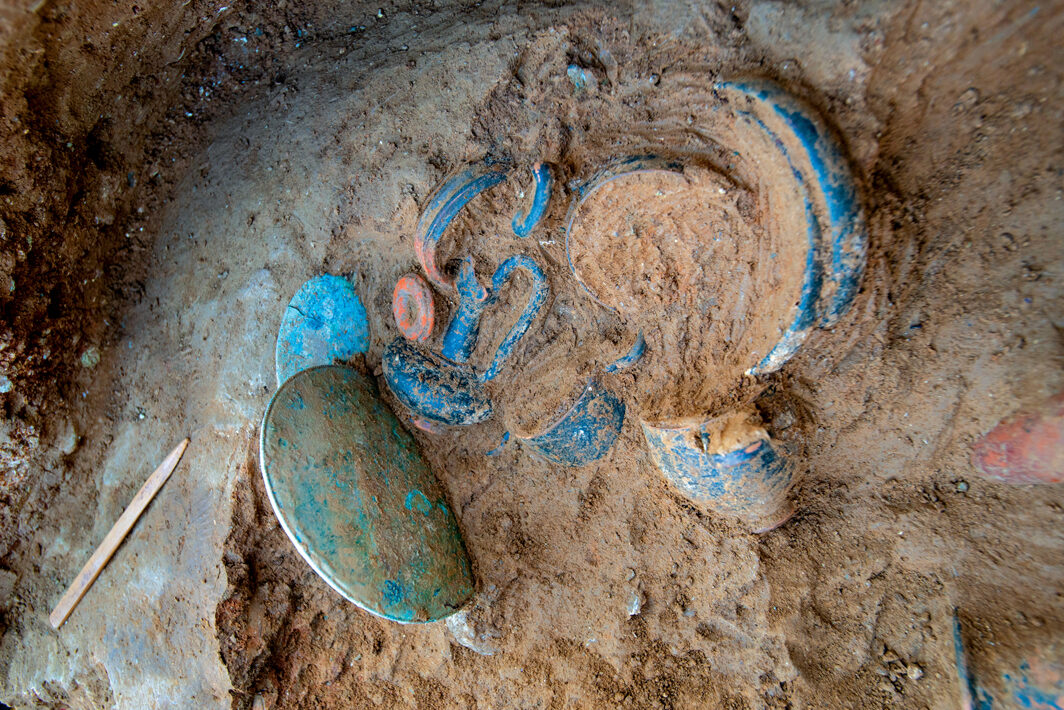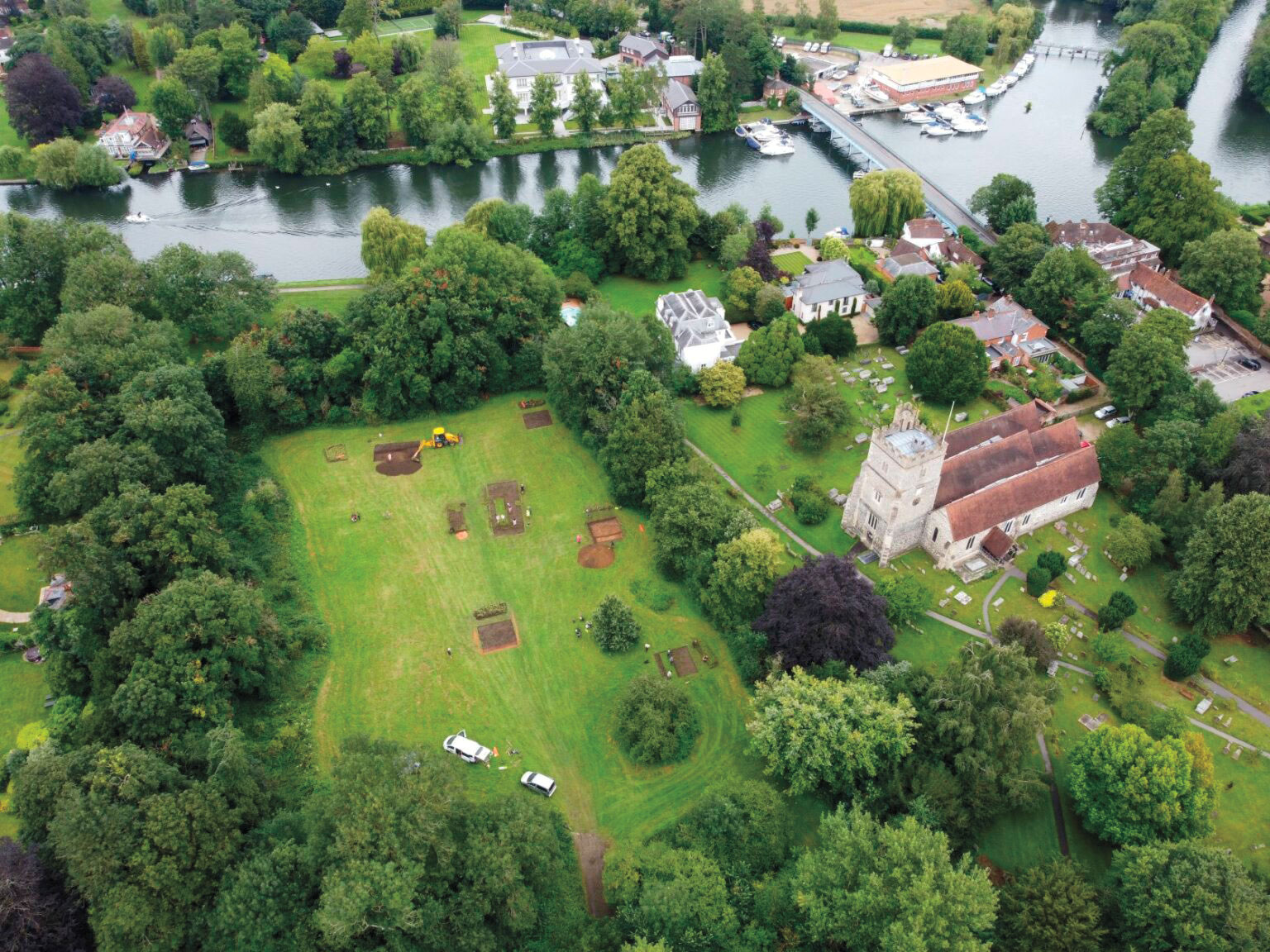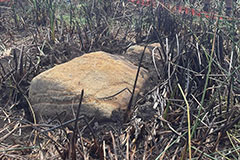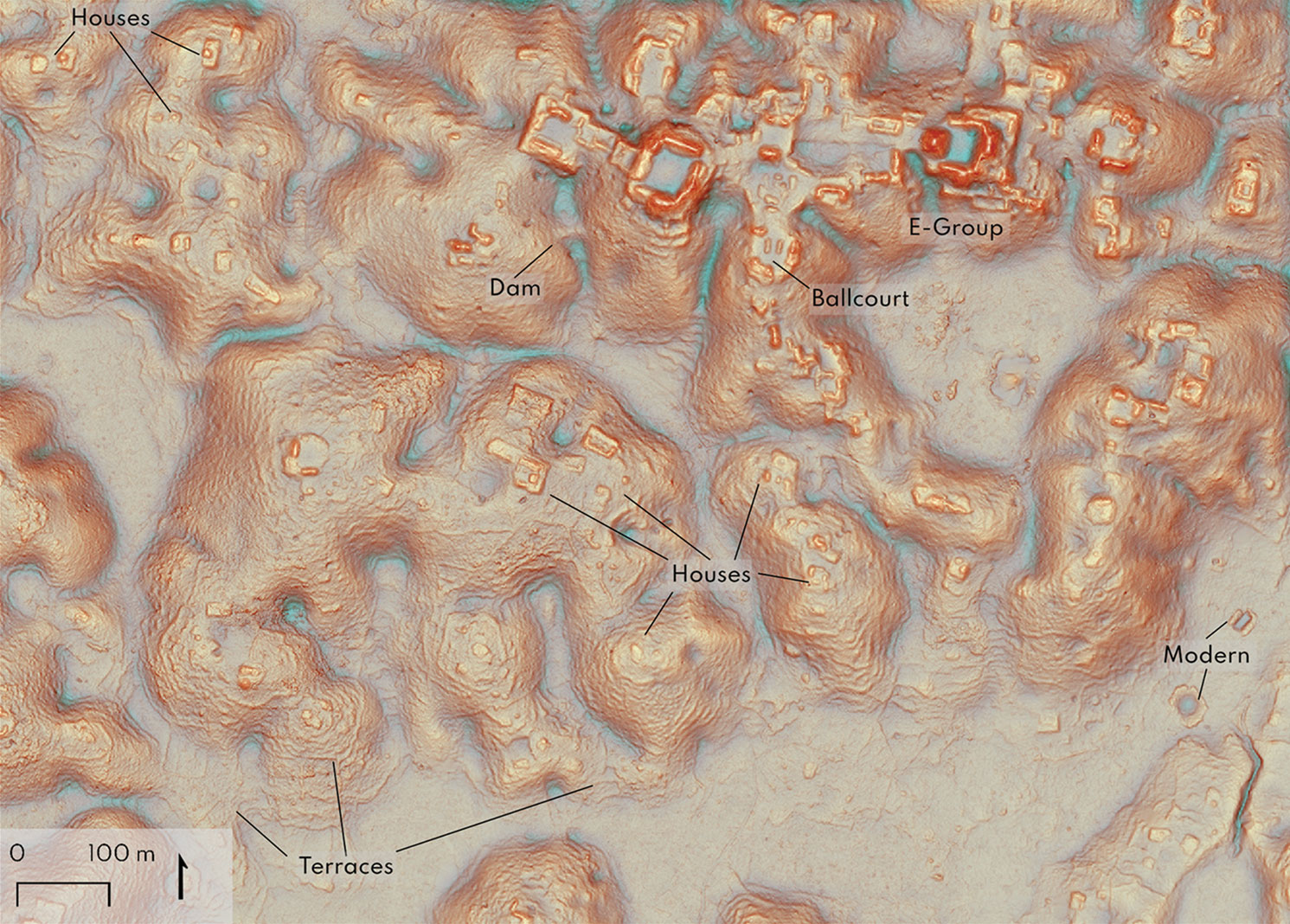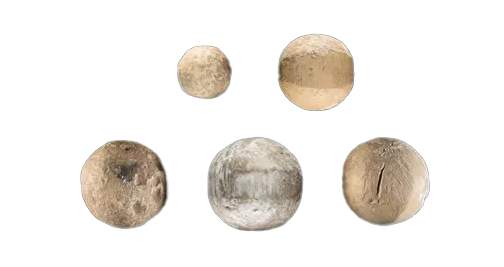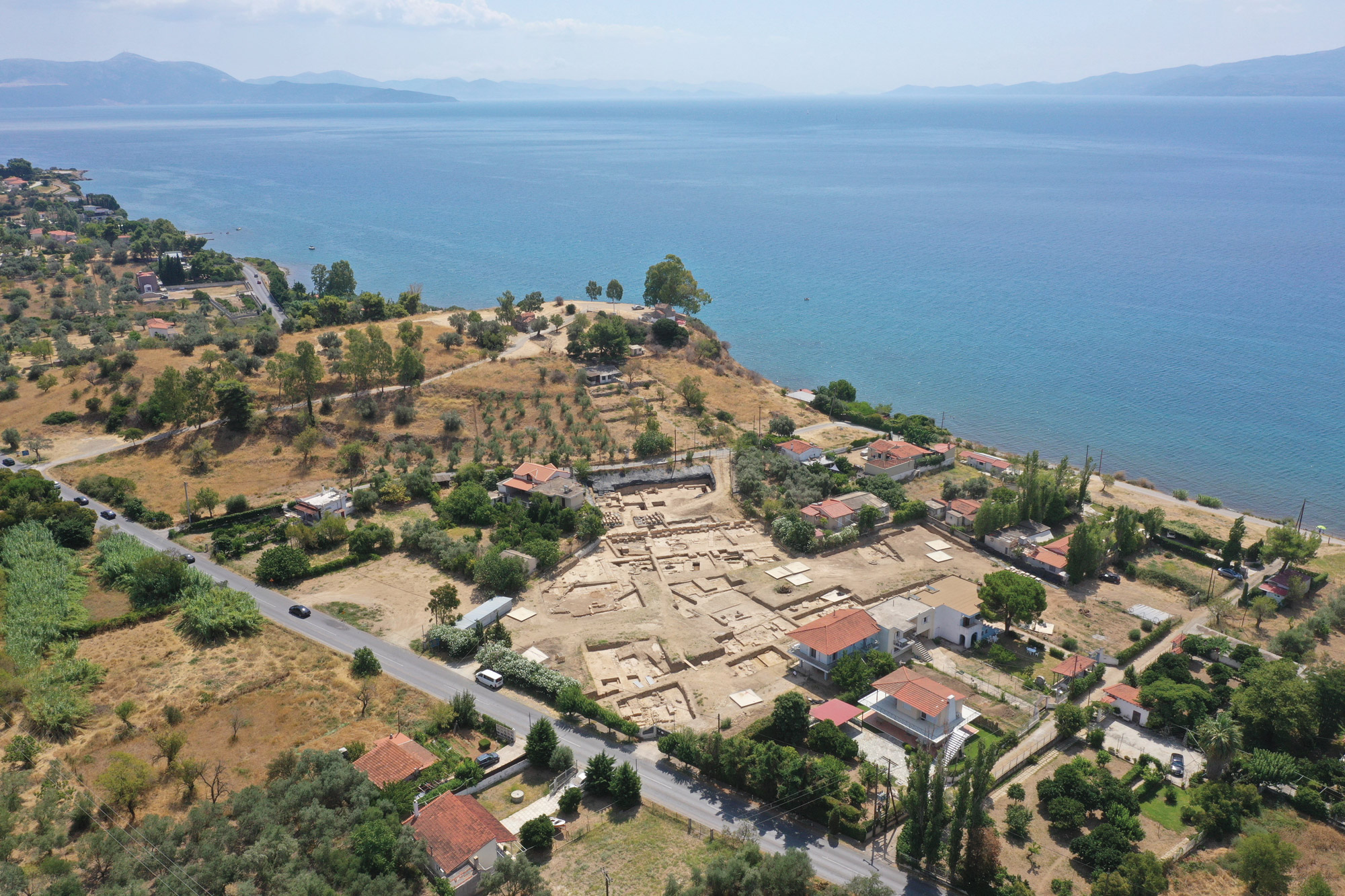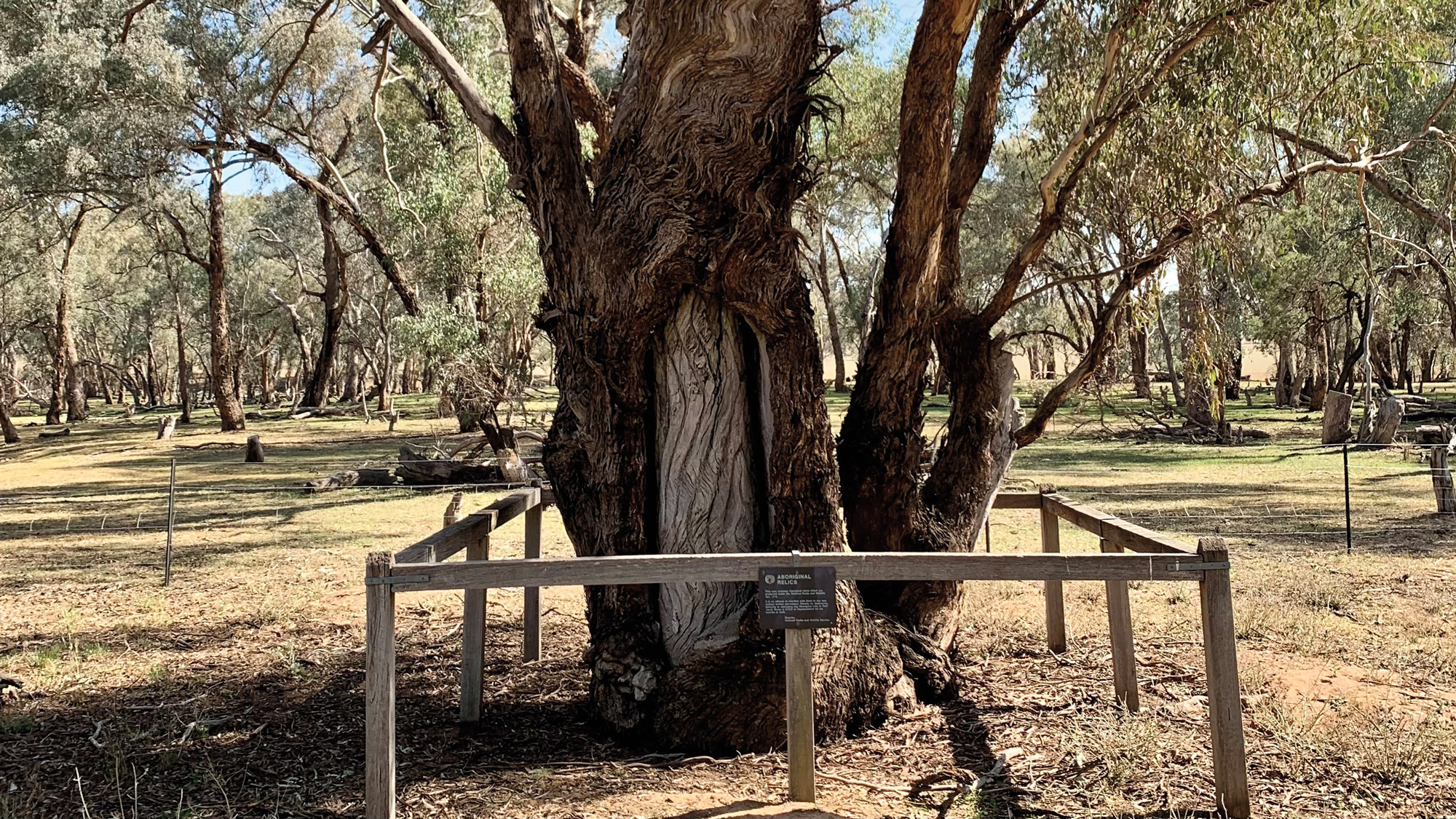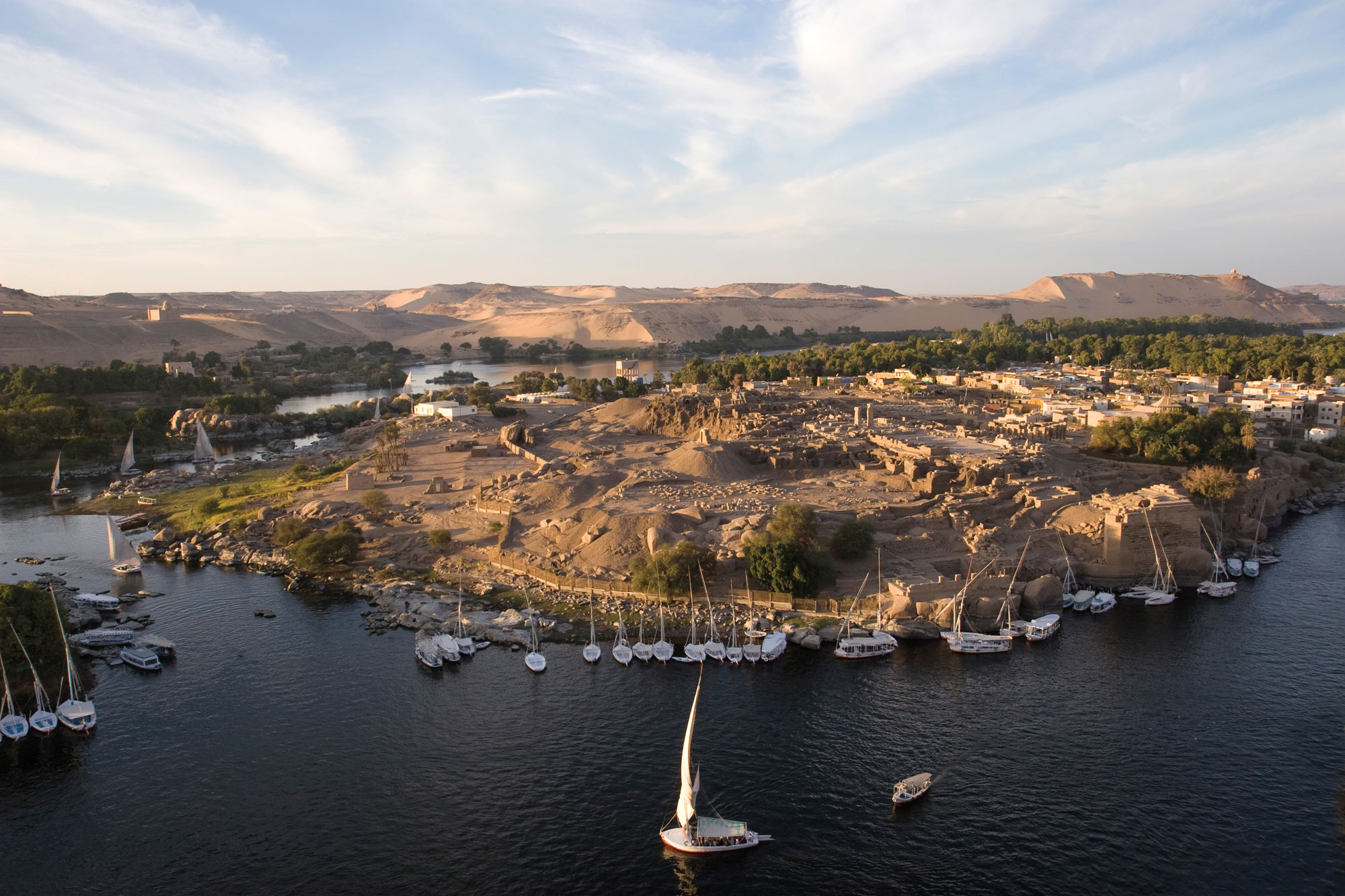
AUSTRALIA
Charred sticks found in Cloggs Cave are evidence that the GunaiKurnai people passed cultural traditions down for 500 generations. The sticks, which were made from the casuarina tree, are the oldest wooden artifacts ever discovered in Australia. They were smeared with fat and used by mulla-mullung, or medicine men and women, 12,000 years ago to cast spells and cure the sick. During such rituals, a stick was inserted into the ground at an angle and mulla-mullung sang incantations until it fell over, a practice that was still being carried out into the 19th century.
Related Content
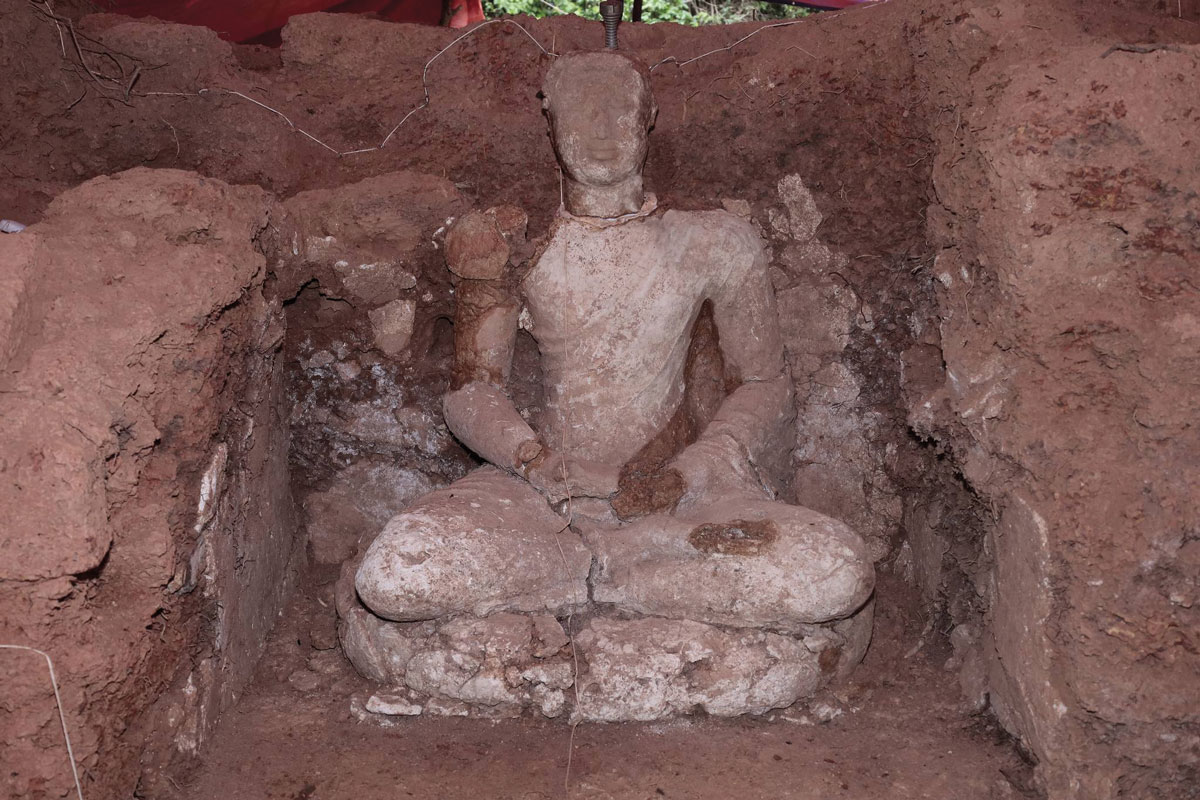
MALAYSIA
A life-size statue of a meditative Buddha was discovered at the site of Bukit Choras in the Bujang Valley. The stucco figure, which features the Buddha’s typical posture, garments, and facial expression, was found in the country’s largest known Buddhist temple, which was itself only discovered last year. Both the temple and the statue date to the 7th or 8th century a.d., when the area was at the heart of the Kedah Kingdom.
Related Content
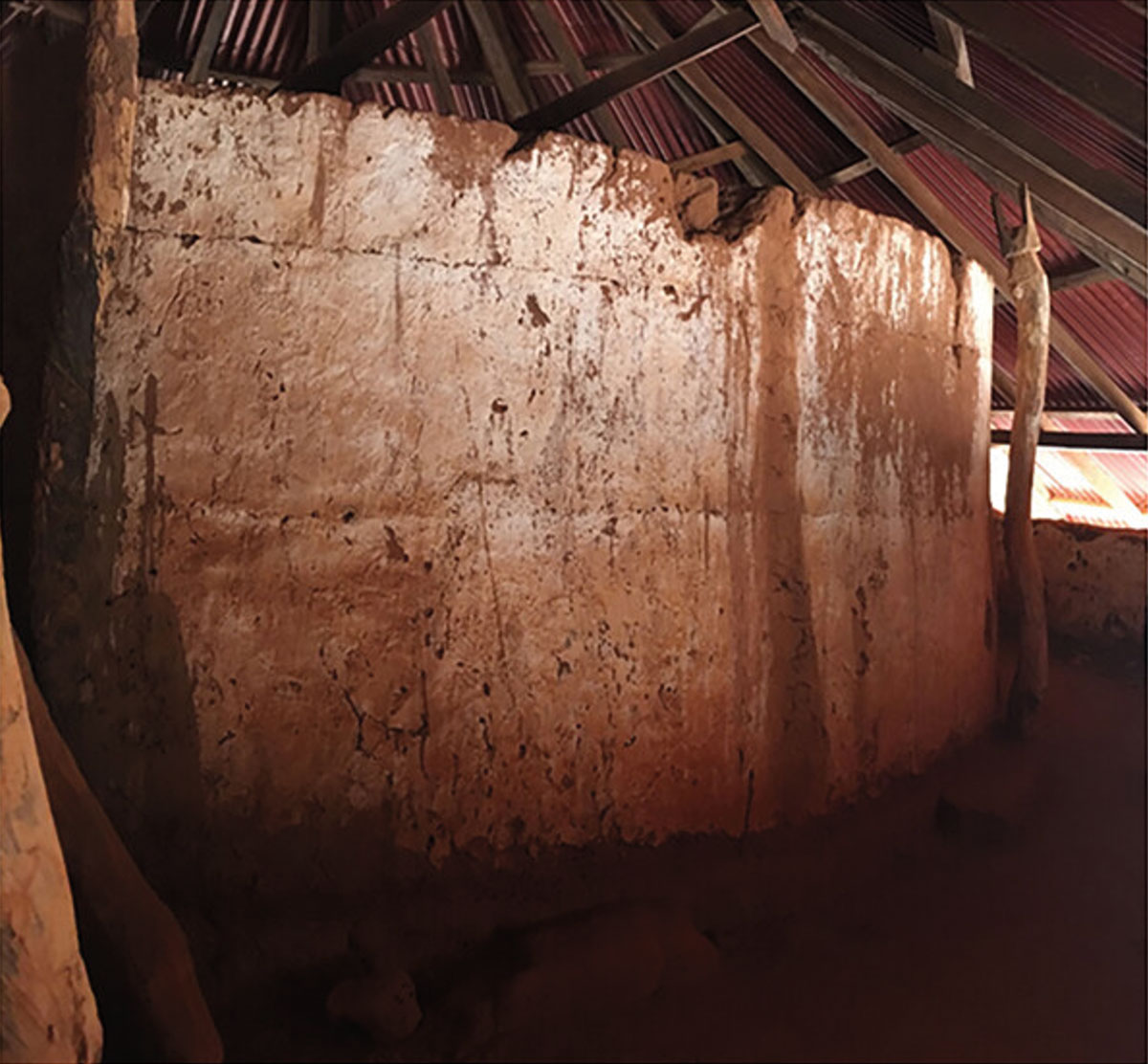
BENIN
Legend holds that King Ghezo, ruler of the Kingdom of Dahomey from 1818 to 1858, paved the alley leading to his home with the skulls of his enemies. The king is also said to have incorporated the blood of 41 sacrificed people into the mortar of a pair of ceremonial funerary huts within his palace in Abomey. The number 41 is sacred in voodoo, a religion that originated in the region. Analysis of trace proteins on the structures’ walls detected the unmistakable presence of human blood, confirming at least one of the grisly tales.
Related Content
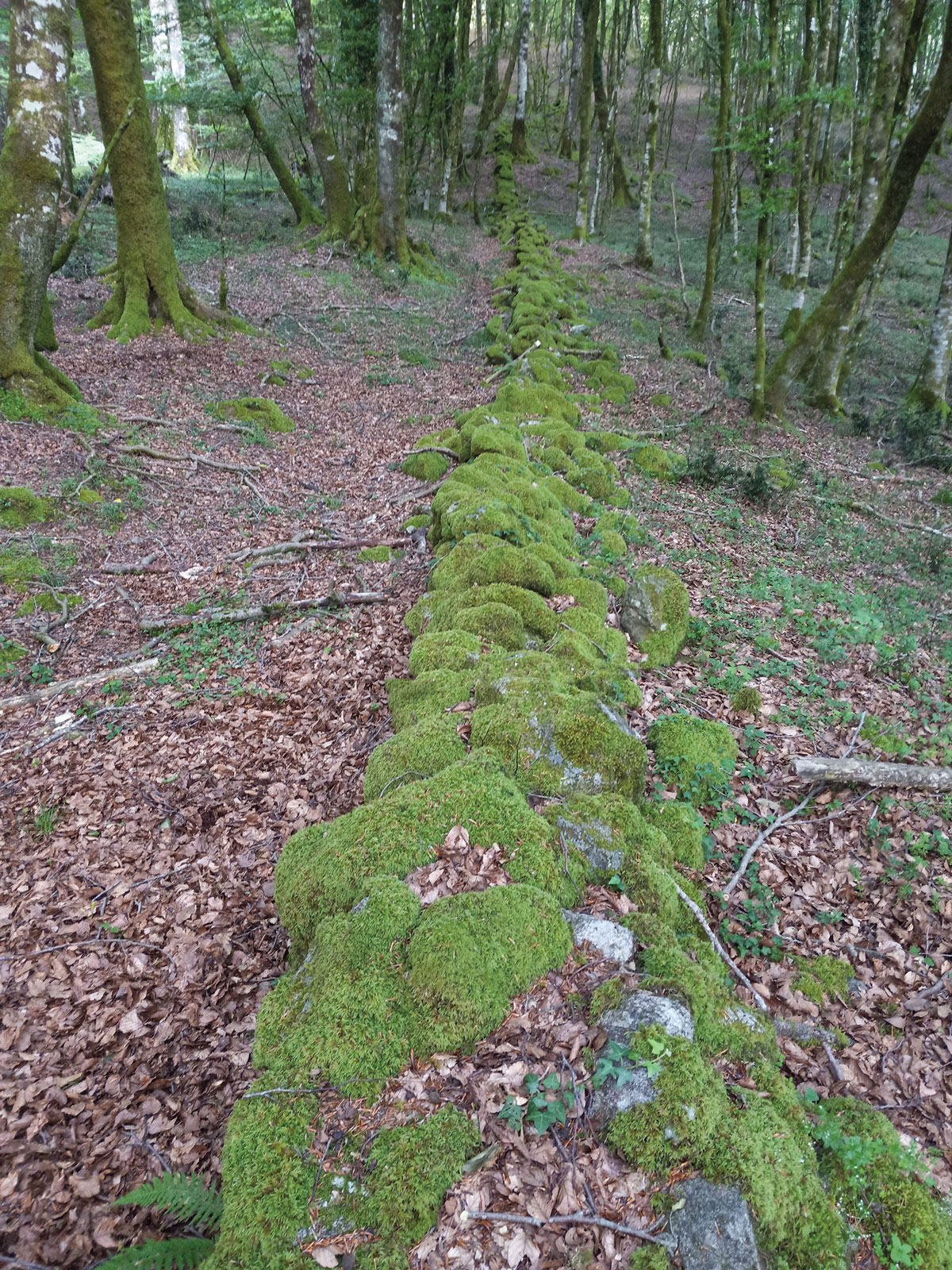
ITALY
Stone and earthen defensive works identified in the Dossone della Melia Forest in Calabria are believed to mark the location where forces led by Spartacus clashed with Roman soldiers. The famed ex-gladiator amassed an army of 70,000 escaped slaves and led a revolt against Rome in 73 b.c., winning several battles. The Roman general Crassus likely built the 1.5-mile barrier to trap Spartacus’ men. Sword handles, javelin tips, and other broken weapons were found strewn around the site.
Related Content
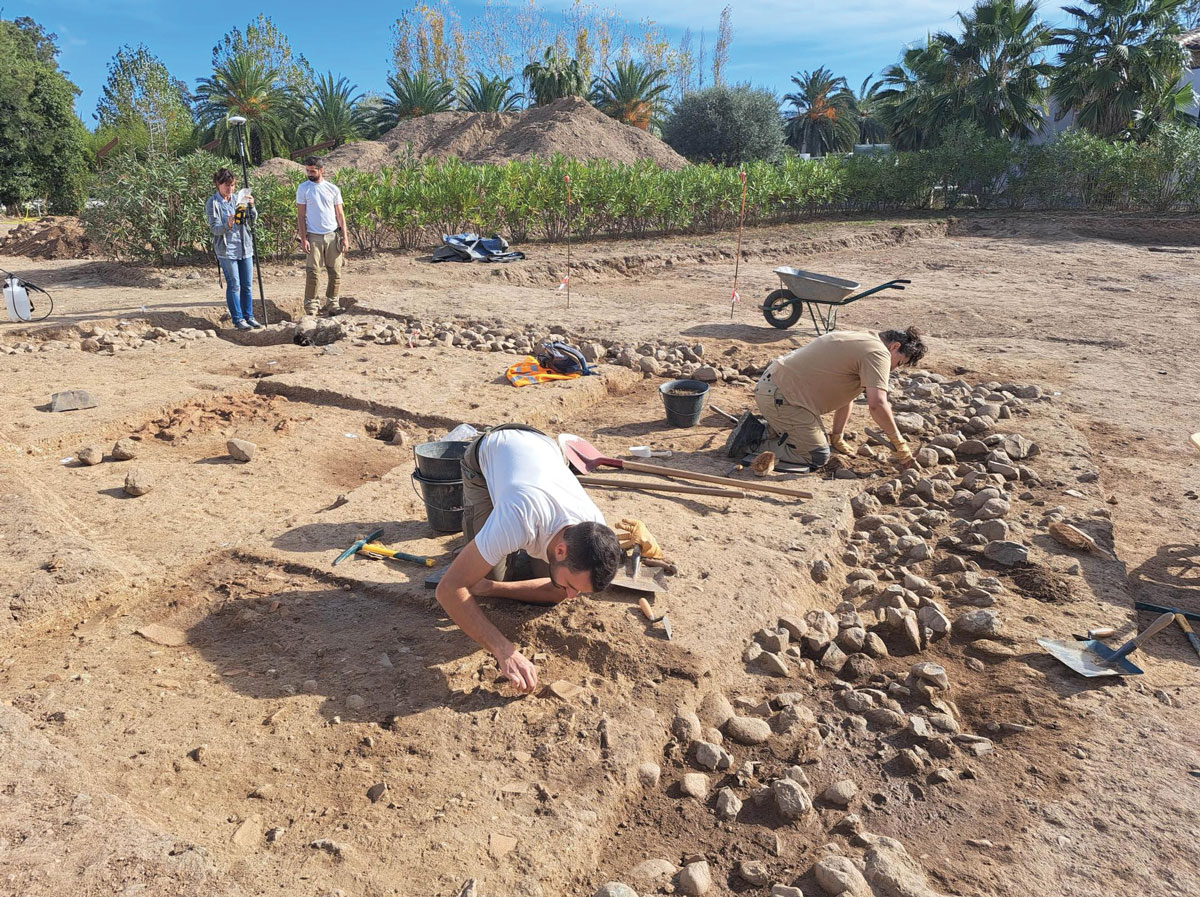
CORSICA
A rare Etruscan house was unearthed in Ghisonaccia near the shores of the Tyrrhenian Sea. Although archaeologists have previously identified Etruscan tombs on the island, this is the first known Etruscan residential structure. Dating to between the 6th and 4th centuries b.c., the rustic abode had foundations made from small pebbles, clay and earthen walls, and wooden posts that supported its roof. The Etruscans flourished in the middle of the first millennium b.c. in central Italy and greatly influenced the Romans, their eventual conquerors.
Related Content

CZECH REPUBLIC
During highway construction in eastern Bohemia, workers unearthed remnants of a monumental burial mound dating to the 4th millennium b.c. The trapezoidal barrow measures more than 600 feet long and 50 feet wide, making it one of the largest structures of its type in Europe; it is also one of the oldest. At the barrow’s center were the graves of at least 2 individuals, likely high-ranking members of the local Neolithic Funnelbeaker culture.
Related Content

ENGLAND
Eight stone projectile balls, weighing between 2 and 230 pounds, were unearthed on the grounds of Kenilworth Castle in Warwickshire. The projectiles were fired during the Second Barons’ War, when a cadre of noblemen revolted against King Henry III (reigned 1216–1272) and used Kenilworth as a rebel stronghold. Henry’s army employed 9 catapults to help break through the castle’s 14-foot-thick walls. An ensuing siege lasted 172 days, after which the weary and starving agitators surrendered.
Related Content

CHILE
Come for the gomphotheres, stay for the company? Thanks to abundant flora and fauna, some of the earliest human settlement sites in South America are found near Tagua Tagua Lake. Among the lake’s natural resources were gomphotheres, an extinct relative of the elephant. Butchered bones and stone tools from a site known as Taguatagua 3 indicate that it was used as a camp to hunt and process gomphotheres 12,500 years ago. It also may have been a gathering spot where roving groups of hunter-gatherers met.
Related Content
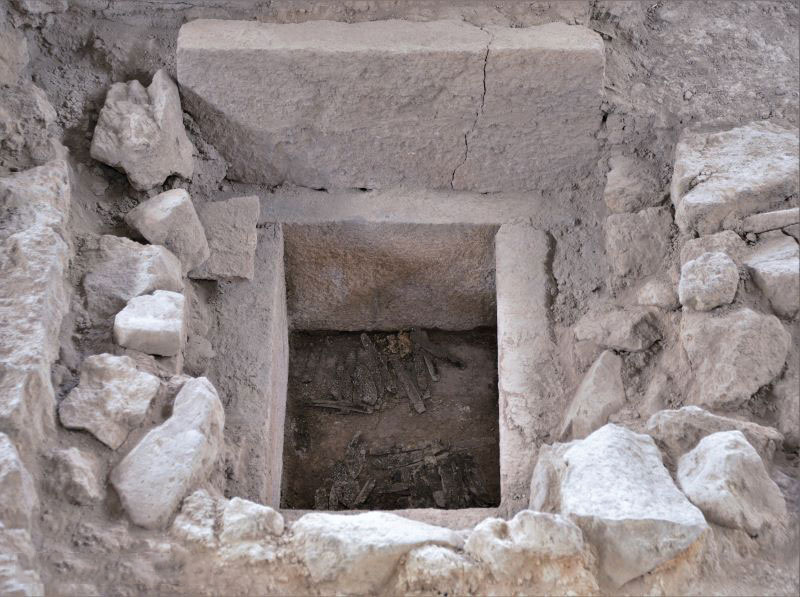
MEXICO
Excavations in a temple known as the Great Basement in the neighborhood of Tlatelolco in Mexico City revealed a stone cist, or burial chamber, beneath the floor near the central altar. The cist contained votive offerings deposited during the structure’s expansion between 1375 and 1418. Among the offerings were 7 obsidian knives and 59 other blades likely used by priests for self-sacrifice. Archaeologists believe the temple, which was dedicated to Tezcatlipoca—Lord of the Smoking, or Obsidian, Mirror—was a popular place of worship for the military elite.
Related Content
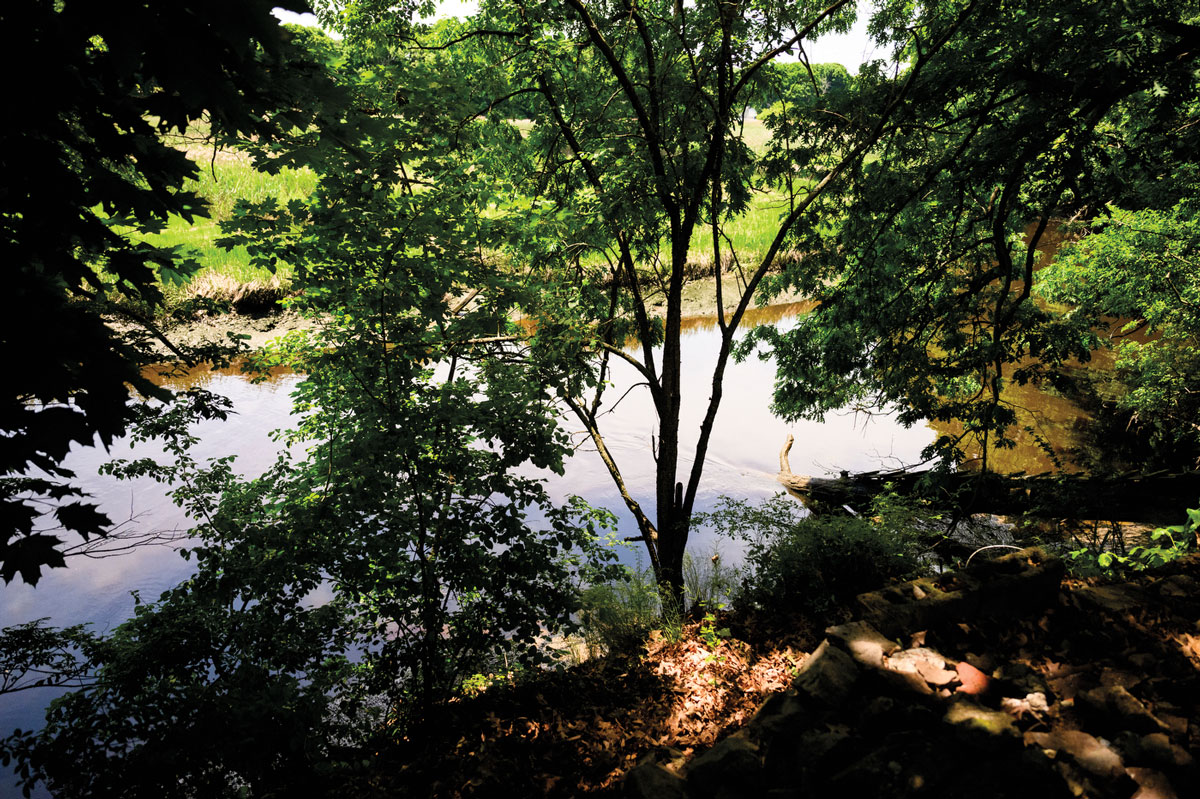
MASSACHUSETTS
The homestead of a prominent formerly enslaved man known as King Pompey Mansfield has been located along the Saugus River, just north of Boston. Pompey was likely captured in West Africa and transported to New England, where he eventually gained his freedom and became one of the region’s first Black property owners in the 1760s. Historical sources record that Pompey served as king, an elected position that gave him a leadership role within his community, and that annually on “Negro Election Day,” he hosted festivities for enslaved and free Black people.


